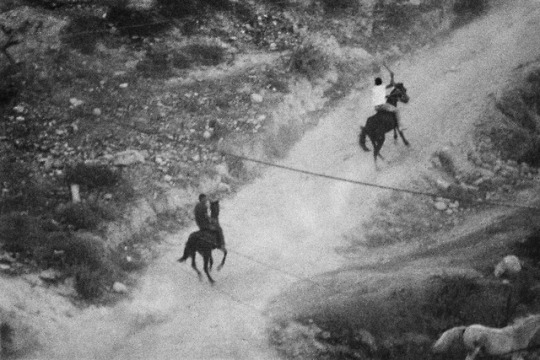#miki kratsman
Photo
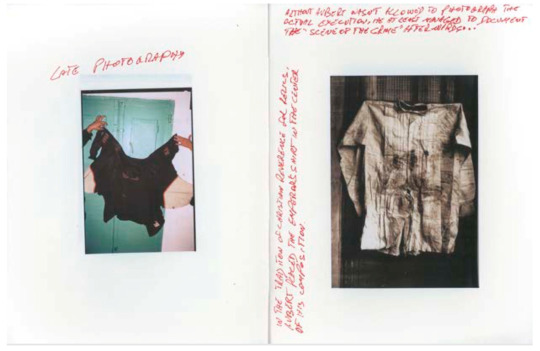
Diptych from the Resolution of the Suspect, Miki Kratsman (2016).
6. An Era of Traces
In his book, The Resolution of the Subject, (2016) Miki Kratsman paired the shirt of the Emperor with another torn and tattered one that had been taken from the corpse of a Palestinian killed by Israeli soldiers.
Making an explicit reference to the genre of aftermath and late photography, the pairing also draws allusions to the passage of time and to the continuity of photographic representation. It also, however, emphasizes the differing values placed both on the value of a life and on the value of a photograph. The image of the Emperor’s shirt was treasured and venerated as a carte de visite, and his life recorded in the history books, but the life of the Palestinian protestor went unnoticed and unrecorded except for Kratsman’s depiction of the trace of their existence. However, the bloodied shirts both take on a more universal role as symbols of violence, as he observes in the book, the photograph oscillates between extreme specificity and a more general social value, especially when set into a more defined context as he does in The Resolution of the Suspect;
The specificity of a certain event became less relevant as such, and more relevant as a generic form of event. Not the specific road accident, a specific murder case or fire, but “an accident”, “a murder”, or “a fire”. This renewed definition included several things: taking a stand, refusing to try to illustrate the text, and relating to events as having a historical significance beyond their importance on the morrow when they appear in the press. (Kratsman and Azoulay 2016, p. 40)
As Francesco Mazzucchelli has noted, “traces (whether spatial, architectonic, biological, or material remains) are thus used increasingly in the processes that construct collective memory landscapes” (Mazzucchelli 2017, p. 175), and they can be considered as “condensed narratives” (Mazzucchelli 2017, p. 178), that concentrate memory into material form. Through this process of material embodiment, the photograph can crystallize the essence of a scene, as “the vague and ambiguous become concrete and the raw and the physical are made meaningful” (Olsen 2010, p. 35). This transformation endows the thing photographed with the qualities of the person that possessed it, enhancing the connection between the viewer and the subject through the object rather than directly through an image of the person themselves. In this “era of traces” (Mazzucchelli 2017, p. 170), photographs can thus act as embodied sites that can transfer a sense of experience through space and time. Images of spaces and things have a different temporality to those of people in the sense that they are not images of events, but rather of states of presence—or absence. By paying attention to things, to details and to objects, the photograph can elevate them from the status of unnoticed elements into that of significant carriers of emotional and psychological depth and meaning.
15 notes
·
View notes
Photo
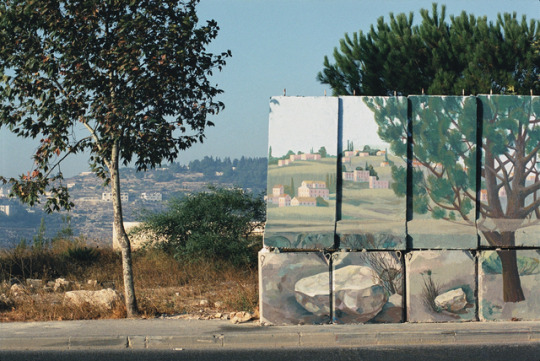
“Poems, regardless of any outcome, cross the battlefields, tending the wounded, listening to the wild monologues of the triumphant or the fearful. They bring a kind of peace. Not by anaesthesia or easy reassurance, but by recognition and the promise that what has been experienced cannot disappear as if it had never been. Yet the promise is not of a monument. (Who, still on a battlefield, wants monuments?) The promise is that language has acknowledged, has given shelter, to the experience which demanded, which cried out.”
- John Berger, And Our Faces, My Heart, Brief as Photos
Art: Miki Kratsman, Untitled, 2001. 116 x 170 cm, digital inkjet print.
#John Berger#poem#poems#poetry#battlefields#wounded#fearful#peace#anaesthesia#reassurance#shelter#And Our Faces My Heart Brief as Photos#Miki Kratsman#art#literature#quotes
11 notes
·
View notes
Text

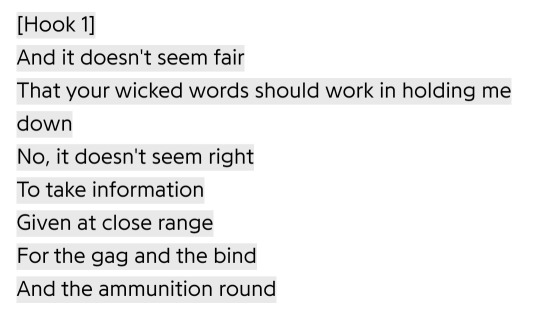


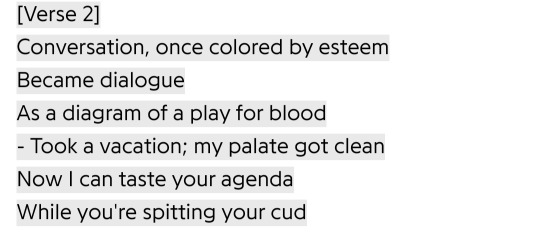


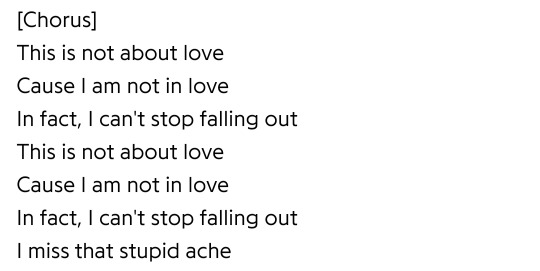
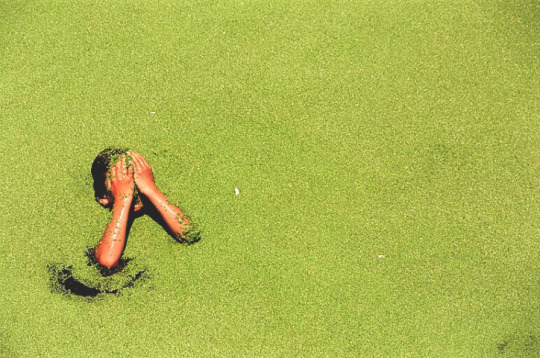
Not about love / O' sailor / Damien florébert cuypers / Love slowly kills, adrian borda / Miki kratsman, from scum #4, 1999
46 notes
·
View notes
Photo

Photography: First Intifada, Palestine 1987
Photographer: Miki Kratsman
117 notes
·
View notes
Video
vimeo
Vol. 1 January 2018 The Documentary Camera What is a documentary camera? What do cameras do? How do we know? The increasing number of cameras, the number of individuals and spaces exposed to their effects, and the massive volume of photographs and video generated by those cameras and then shared, posted, streamed, installed, and screened across the globe suggests that it might be time to re-evaluate these questions and return to a set of first principles. Within the field of documentary, the camera is often thought of as a key tool of transparency in a democratic politics of publicity, one where the camera aids in making publics by making public that which remains hidden. But a contemporary surplus of recording devices produces as many dilemmas as it may resolve: it might be said to produce not more democracy but more suspicion, and their ubiquity comes at a time when many are experiencing more precarity than stability. Table of Contents Jason Fox, Introduction: What do Cameras Do? Ariella Azoulay and Aïm Deüelle Lüski, Not at the Click of a Button Sherry Millner and Ernest Larsen, Beyond the Expedient: An Interview with Isaac Julien Jeffrey Skoller, iDocument Police: Contingency, Resistance, and the Precarious Present Benj Gerdes, Everything Can Be Optimized: Review, Comment, and Message board as Proto Camera Pamela Cohn, The Present Moment: A Conversation with Kirsten Johnson Cecilia Aldarondo and Thomas Allen Harris, Archival Interventions: Cecilia Aldarondo and Thomas Allen Harris in Conversation Scott MacDonald, The Sublimity of Document: Carl Akeley, The Habitat Diorama, and Dioramic Cinema Eli Horwatt, All of our grievances are connected: An Interview with The Illuminator Collective Jason Fox, Representational Regimes: A Conversation with the Abounaddara Film Collective Lonnie van Brummelen and Siebren de Haan, Something is there: Filmmaking in Multiple Realities Cooper Battersby, Emily Vey Duke, and Vashon Watson, Camera Ministry: A Conversation with Khalik Allah Mandy Rose, Technologies of Seeing and Technologies of Corporeality: Currents in Virtual Reality Nonfiction Jean-Marie Teno, Africa Shoots Back Ariella Azoulay and Miki Kratsman, Targeted Killing Huffa Frobes-Cross, Action, Documentation, Documentary: The Early Photography of Allan Sekula, Martha Rosler, Fred Lonidier and Phil Steinmetz
0 notes
Text
Conversation with curator Hou Hanru - Miki Kratsman
https://telavivcity.co.il/?p=8552&utm_source=SocialAutoPoster&utm_medium=Social&utm_campaign=Tumblr
The City that never sleeps Conversation with curator Hou Hanru - Miki Kratsman https://telavivcity.co.il/?p=8552&utm_source=SocialAutoPoster&utm_medium=Social&utm_campaign=Tumblr As part of the exhibition Host and Guest, a public meeting with the curator Hou Hanru was held in the Tel Aviv Museum of Art. This is a presentation from the artist Miki Kratsman from that meeting. source #telavivmuseum #tel-aviv TEL AVIV - THE CITY THAT NEVER SLEEPS #museum #Uncategorized
0 notes
Text
photo courtesy of Will Lytch
Miki Kratsman: People I Met installed at USF Contemporary Art Museum, 2018
People I Met is a conceptual mixed-media piece documenting Miki Kratsman’s attempt to use Facebook to identify 9,000 portraits of Palestinians he took during his 30 years as a photojournalist for the Israeli newspapers Hadashot and Haaretz. The installation features 2,000 printed portraits hung individually in nine registers across three of the gallery’s walls, with 150 bronze plaques facing the portraits. Inscribed onto the plaques are a selection of Facebook comments revealing the identities and current whereabouts of the individuals depicted in the portraits. Some were killed by Israeli soldiers, some went missing years ago and have yet to return home and some were imprisoned for their participation in the Palestine Liberation Organization (PLO). Others are living normal lives, working at grocery stores or happily married to their childhood sweet-hearts.
The work of the Buenos Aires-born, Tel Aviv-based photojournalist and activist will be on display at the University of South Florida’s Contemporary Art Museum (USFCAM) until Dec. 8. The exhibition also features works from several of Kratsman’s other contemporaneous projects, including selections from his Bedouin Archive and his Displaced photography series, table-top collaged panoramas of Arab villages the Israeli government has slated for demolition and a 2017 video project entitled 70 Meters… White T-shirt which consists of footage of a year of shooting in the Palestinian village of Nabi Salih.
Miki Kratsman, still from 70 Meters…White T-Shirt, 2017
Kratsman’s work centers on documenting life in the Israeli-occupied Palestinian territories and, according to a press release published by the museum, attempts to “uncover personal stories while revealing the violent, often detached nature of Israel’s military occupation of the West Bank and Gaza.”
The show is the first USFCAM exhibition organized by Christian Viveros-Fauné, the museum’s newly appointed curator-at-large. Viveros-Fauné will also begin teaching courses on contemporary art and art criticism at USG’s School of Art and Art History in the spring as the 2018-2019 Kennedy Family Visiting Scholar. Prior to joining the USF faculty, Viveros-Fauné organized the first iteration of People I Met in 2017 at the Quinta Normal Venue of the University of Chile’s Museum of Contemporary Art.
This slideshow requires JavaScript.
“Christian Figueras-Fauné is a very well-know critic, curator, writer and former gallerist based in Brooklyn, New York, and we are expecting him to bring some very exciting exhibitions to us, Noel Smith, the deputy director and curator of Latin American and Caribbean art at USFCAM, said. “As the only purely contemporary art museum in the Tampa Bay area we are constantly looking to do the best that we possibly can and we feel a huge responsibility to bring the most interesting, vital and important artists of our time here to the community and we found this person [Christian-Fauné] that we felt would bring us the best.”
USFCAM is nearing its 30th anniversary and as a university-run contemporary art museum, its focus has often been on work that is highly political and that deals with contemporary issues and concerns.
photo courtesy of Will Lytch
Miki Kratsman: People I Met installed at USF Contemporary Art Museum, 2018.
“We have always had art with a kind of political content,” Smith said. “At the USF Contemporary Art Museum we look for artists who not only are very aesthetically skilled and have a tremendous aesthetic talent and expression, but who also talk about things that matter, but who also talk about things that matter. We have always had a political content to our exhibitions – it’s nothing new.”
photo courtesy of Will Lytch
Miki Kratsman: People I Met installed at USF Contemporary Art Museum, 2018.
In addition to the exhibition itself, USFCAM is hosting a number of related events including a university-wide symposium entitled Politics of the Portrait / Photography as Activism on Oct. 11, a classical music concert in the USFCAM galleries on Nov. 1 and a screening of the documentary film 5 Broken Cameras on Nov.16 as part of the museum’s “Film on the Lawn” series.
USFCAM is located at 3821 USF Holly Drive, Tampa. Admission is free. People I Met can be found on Facebook at facebook.com/kratsman.people.i.met.
Miki Kratsman, Al-Baggar, 2015
Miki Kratsman: “People I Met” at USF Contemporary Art Museum People I Met is a conceptual mixed-media piece documenting Miki Kratsman's attempt to use Facebook to identify 9,000 portraits of Palestinians he took during his 30 years as a photojournalist for the Israeli newspapers…
0 notes
Photo


What were your successes and failures?
This week I wanted to took pictures that started to deal with the next assignment. Yet, my successes and failures for this weeks post deal with the last assignment of Rule of Thirds, Formal Symmetrical and Lines of Movement. There were some that came out well, but a couple others that I was not a huge fan of. The meters came out as a good option for symmetrical and black and grey, but when I printed it became very dark. I also had an incorrect idea of how far the subject of the rule of thirds could be moved over.
What issues and ideas were motivating your work this week?
I want my second assignment to go better, so I started with it this week. It was nice to be taking pictures of people for a change, but trying to capture their story is definitely a harder task. I also wanted to take a few pictures with the critique ideas I got to see if I could improve the pictures I handed in.
What artists were you looking at?
I had found Miki Kratsman while looking for people that could give me ideas for project one. He had many pictures that worked with rule of thirds, with the boy swimming, and lines of movement, with the wall stretching all the way back and lines going down, but even pictures that described people. I think he will give good insight into the next project also.
What are your responses and conclusions regarding the previous class critique of your work? Was it or was it not helpful?
I found the class critique to be helpful. Honestly, by the time I went almost everyone had left, but Professor Svalbonas gave me ideas that would of improved the picture. The part that was frustrating is that most of them were small, fixable changes like moving the car more to the left side to be more of rule of thirds or finding lines that would work together to move the eyes. I felt that some of the issues would not have been so apparent if I picked other photos I developed. It is hard to make the right choice of what to hand in. They were not perfect and still would have issues, but I think they would of fit the assignment better.
P.S. If you get to my blog before I can add the pictures, I will add them as soon as I am out of class. My external hard drive will only connect with a certain computer and I accidentally brought the wrong one. I am going to put the pictures I handed in for assignment one.
0 notes
Photo

Miki Kratsman, From Scum #4, 1999
275 notes
·
View notes



